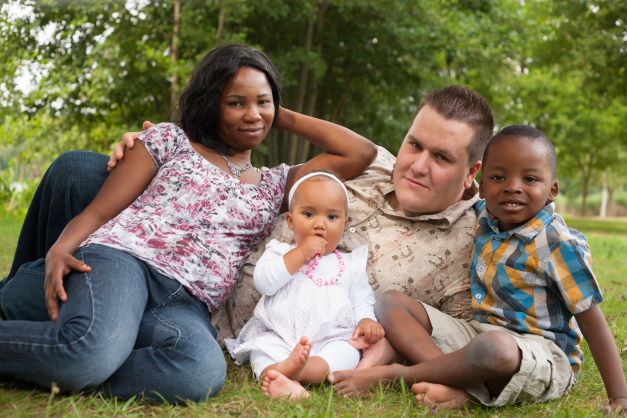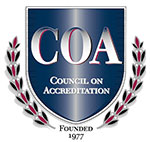PROGRAMS
GET INVOLVED
SUPPORT OUR MISSION

Cultural identity plays a key role in children’s lives; it is a significant part of who they are. Oftentimes cultural identity is marginalized or disregarded for children in foster care, which can lead to higher levels of loneliness and depression, lower self-esteem and difficult psychological adjustments that in turn affect coping skills and learning. Therefore, the role cultural identity plays in the overall well-being of a child cannot be ignored.
Currently there are only four states in the US that legally and explicitly provide the right to cultural heritage activities for youth in foster care via their foster youth bill of rights. In Illinois, the law states it is the foster parent’s responsibility to support activities for foster youth that continue a relationship with their cultural heritage. In Missouri, the law states foster parents shall provide care respectful of a youth’s cultural identity. However, in both states, there is little legal accountability to make sure foster parents are actually engaging in such practices. In many instances, even the most intentioned foster parents find it difficult to find the proper cultural resources for the child.
There are many ways foster parents, as well as other individuals working with youth, can promote cultural identity. It begins by asking the youth questions about the cultural practices, norms or traditions that are important to them. Cultural identity forms during primary socialization, a stage in life when a child learns how to view the world through their immediate family and close friends. If this core group can expose the foster child to their heritage in this stage, the child can develop a higher level of social well-being. Key cultural distinctions are food, holidays, age milestones, music, dancing, clothing and language. Connecting foster youth to these aspects of their culture by pursuing activities that expose them to ethnic food, music, rituals and events is key to helping them strengthen their identity. By recognizing and teaching a foster child about their cultural background, the child acquires the group’s core values and adopts their sociocultural practices and rituals, which helps the child position him or herself in society.
In 2016, with more than 437,000 children in foster care in the United States, 44% identified as white, 23% black, 21% Hispanic, 9% multiracial and 2% unknown ethnicities. All of these children should have the right to learn and embrace their heritage. If you are currently caring for a foster child or will be with family this holiday season with a child from another ethnic group, please recognize and celebrate their culture with them. We can all learn from each other.


